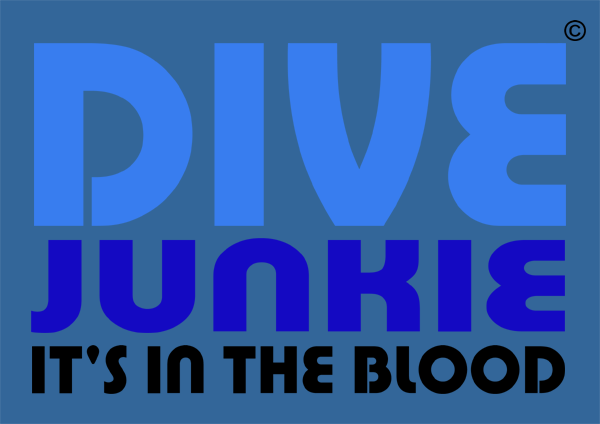|
Summary
I’ve only had a few hours on the unit, but so far I’m really impressed.
Build quality is excellent, the innovative HUD and Handset is marvelous.
The ability to connect it to your computer (via the same connect as the Tempstik) and download all the dive information (And I do mean all of it... Depth, decompression, temperature, voltages etc) is useful. Also the ability to upload new software to the onboard computer will save having to send the unit back to base for upgrades.
I don’t like how much lead I have to wear and I’m concerned at how difficult it is to open the scrubber. Time will tell if this gets any easier.
I also find that the HUD gets in the line of sight of the wrist mounted display.. you can change the side of the hud from left to right... I however wear the wrist display on my chest... very similar to the Inspiration handsets.
All in all... I think its’ an excellent unit, well thought out and designed for the user... not for an engineer...
Try one, you’ll want one...
But there is currently a 10 month waiting list...
|

